
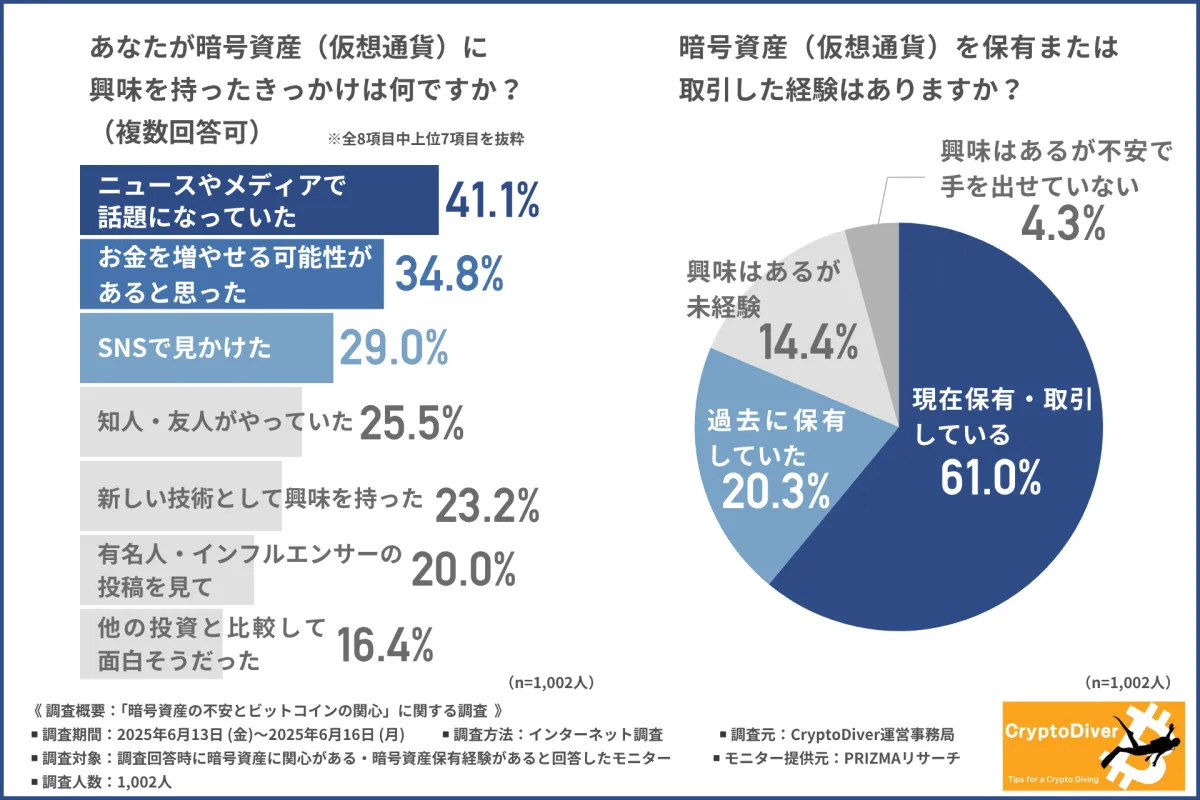
Exploring the Reality of Crypto Assets: Balancing Concerns and Bitcoin Interest
Unpacking the Reality of Crypto Assets: A Recent Survey
In recent months, the interest in cryptocurrency has surged, particularly in Bitcoin. However, with this growth comes a tapestry of concerns that potential investors face. A new survey conducted by the CryptoDiver management team aimed to shed light on these apprehensions surrounding crypto assets, particularly focusing on Bitcoin. The findings reveal valuable insights about not only the interest in cryptocurrencies but also the psychological barriers that prevent many from taking the plunge into the world of digital currencies.
Survey Overview
The survey titled “Concerns About Crypto Assets and Interest in Bitcoin” was conducted from June 13 to June 16, 2025. Utilizing PRIZMA's internet survey methods, the study gathered responses from 1,002 participants interested in cryptocurrencies. Participants were asked about their concerns regarding cryptocurrencies and their knowledge of Bitcoin. This inquiry is crucial in understanding the mindset of the public as digital currencies continue to integrate deeper into our financial systems.
Key Findings
1. Why Do People Become Interested in Crypto?
The survey revealed that the primary reason for gaining interest in cryptocurrencies is exposure through media, with 41.1% stating they became aware of it through news. Other triggers included the potential for profit at 34.8% and social media mentions at 29.0%.
2. Experience with Crypto Assets
More than 80% of respondents indicate some level of participation in cryptocurrency, with 61.0% currently holding or trading crypto and 20.3% having past experiences with it. This demonstrates a significant level of engagement among respondents, yet it also highlights an existing barrier with those who are hesitant to get involved due to perceived risks.
3. Primary Concerns Among Users
Among those who expressed interest but have yet to invest, 52.9% cited fears of losing money due to volatility, making this the leading concern. Notably, 43.3% mentioned that they struggle to understand the mechanisms behind cryptocurrencies, while 40.6% feared risks related to fraud and hacking. This indicates that fears are primarily rooted in loss and a lack of understanding of the crypto landscape.
4. Sources of Information
When asked about where they obtain information about cryptocurrencies, 50.0% rely on investment and economic news outlets, followed by 34.6% using platforms like YouTube for visual content and immediate updates. This trend emphasizes the importance of clear and accessible information in attracting a wider audience to cryptocurrency investing.
Interest Levels: Bitcoin Dominates
When questioned about which cryptocurrencies respondents were interested in, a staggering 86.2% said Bitcoin, followed by 36.5% for Ethereum (ETH) and 30.1% for Ripple (XRP). Bitcoin firmly establishes itself as the face of cryptocurrency, revealing how general perception often equates cryptocurrency with Bitcoin alone.
Furthermore, 79.6% of participants rate their understanding of Bitcoin as adequate or better, indicating a solid grasp among holders and traders. However, a notable divide exists as comprehension among users tends to vary based on direct experience versus learning through media.
The Dichotomy of Opinion
The survey also highlighted a duality in how Bitcoin is perceived: 46.5% view it as highly volatile, 39.5% see potential for future growth, while 37.2% identify it as high-risk. This ambivalence can create hesitation among prospective investors, compelling them to seek more information to mitigate perceived risks.
Interestingly, when asked if they would want to hold Bitcoin if it were offered for free, over 88% responded positively, showing a clear appetite when financial commitment is removed. Additionally, 62.0% of participants expressed that they would be more likely to invest if they could start with a small amount of money, emphasizing the importance of making the entry point less daunting.
Overcoming Psychological Barriers
The findings suggest that a significant number of potential investors exist within a framework of curiosity tinged with fear. The main barrier is the lack of a safe and approachable way to experience cryptocurrency. There’s a growing demand for platforms that can provide easy entry points, like beginner-friendly apps that would allow users to engage without the fear of loss. Such innovations could pave the way for broader adoption among the apprehensive masses.
Conclusion
This inquiry into the depths of public sentiment regarding cryptocurrencies underscores the necessity for informative and low-risk engagement strategies. To foster growth in the cryptocurrency sector, addressing the knowledge gaps and providing user-friendly experiences are paramount. Programs like the CryptoDiver app could serve as solutions by combining education and experimentation to help enthusiasts transition into confident investors. Thus, continued efforts to demystify cryptocurrencies and make them accessible could very well unlock the potential of a large, untapped audience eager for engagement.
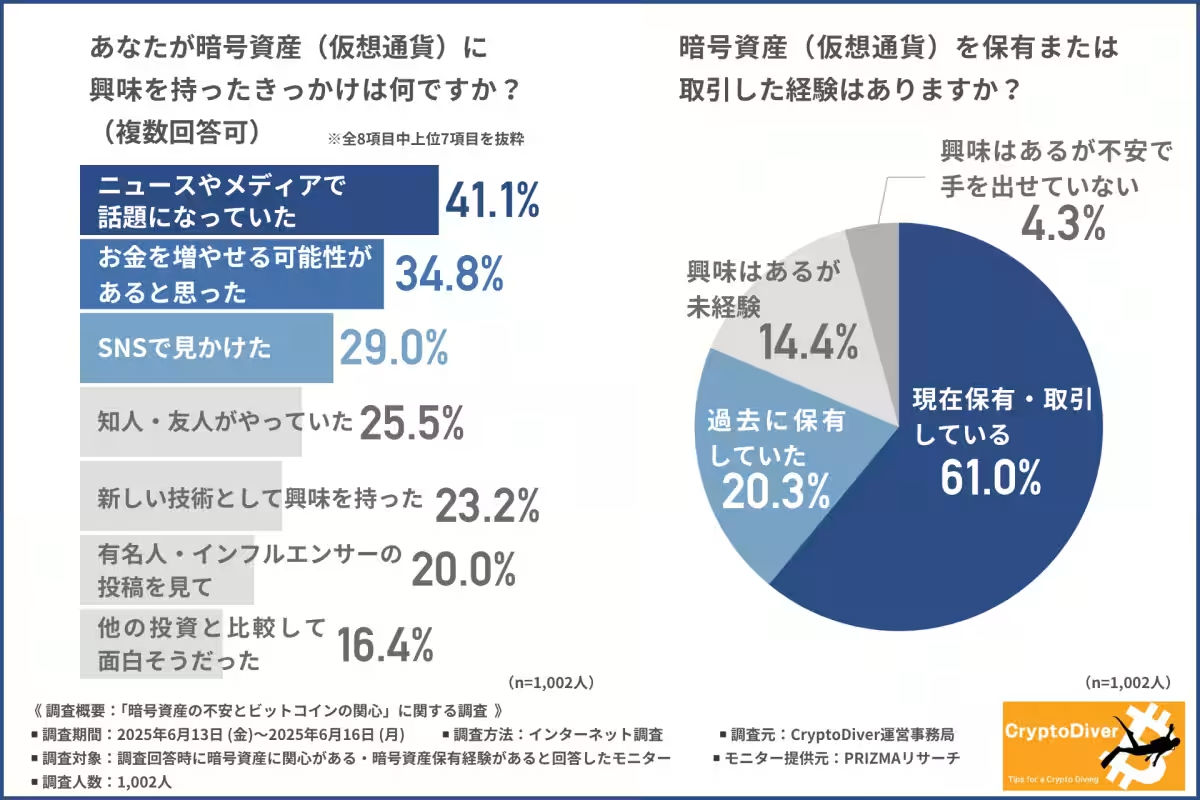
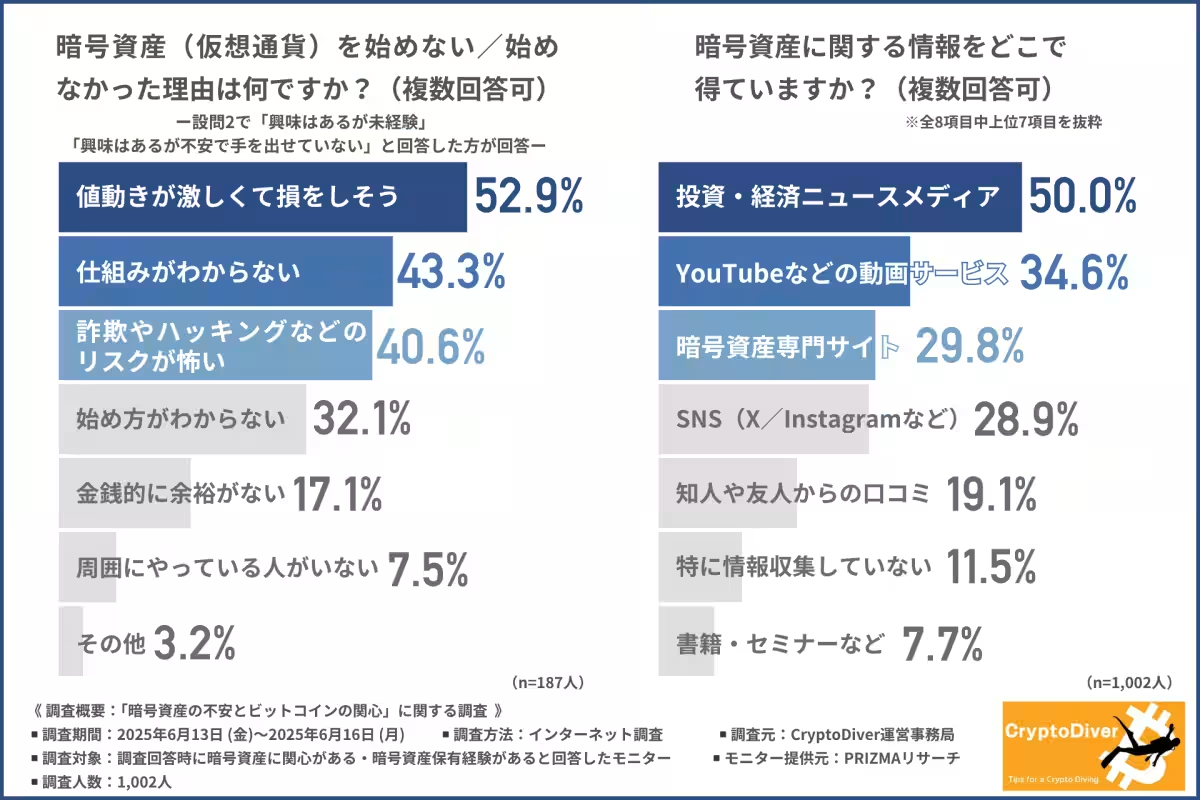
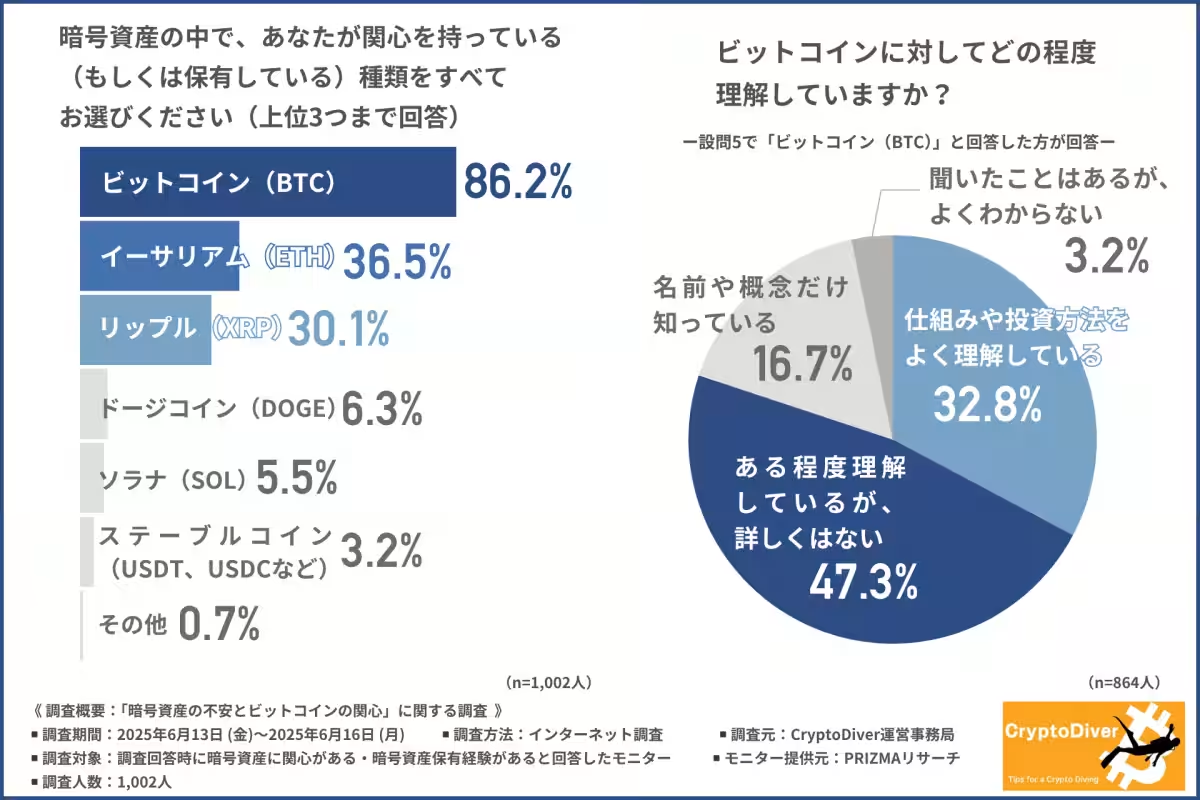
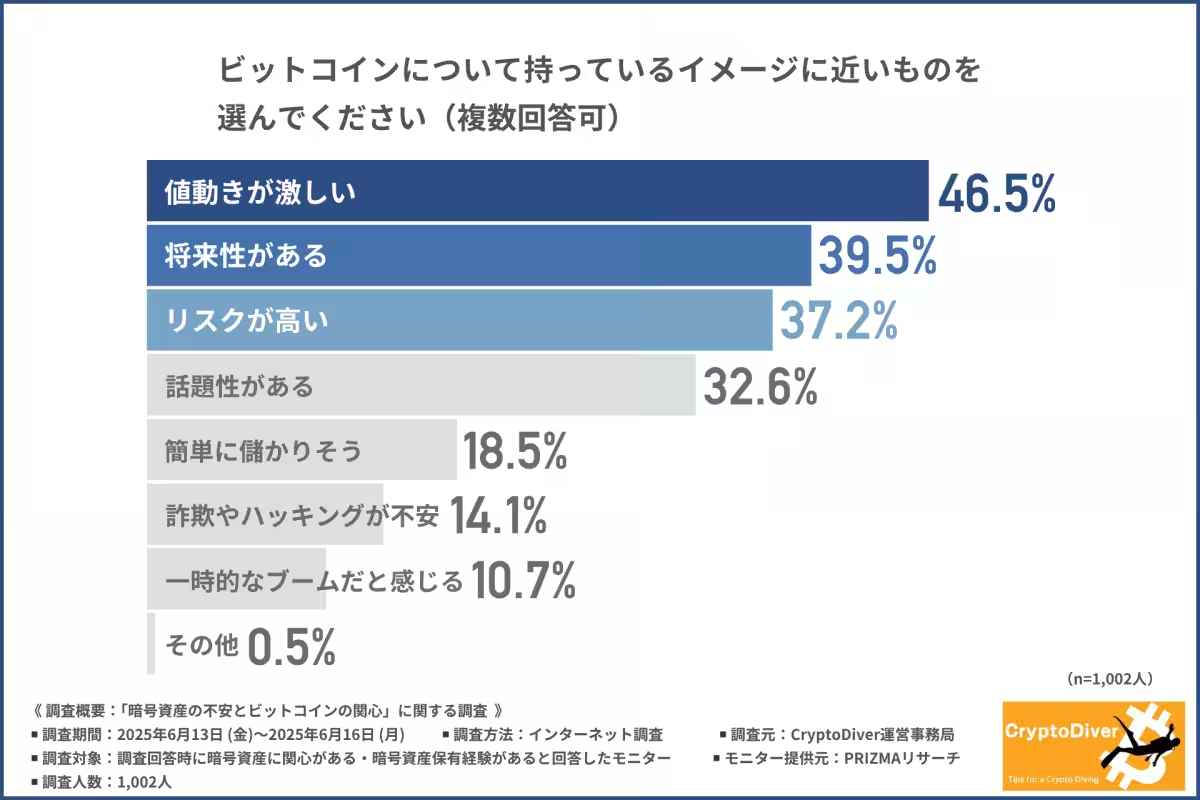
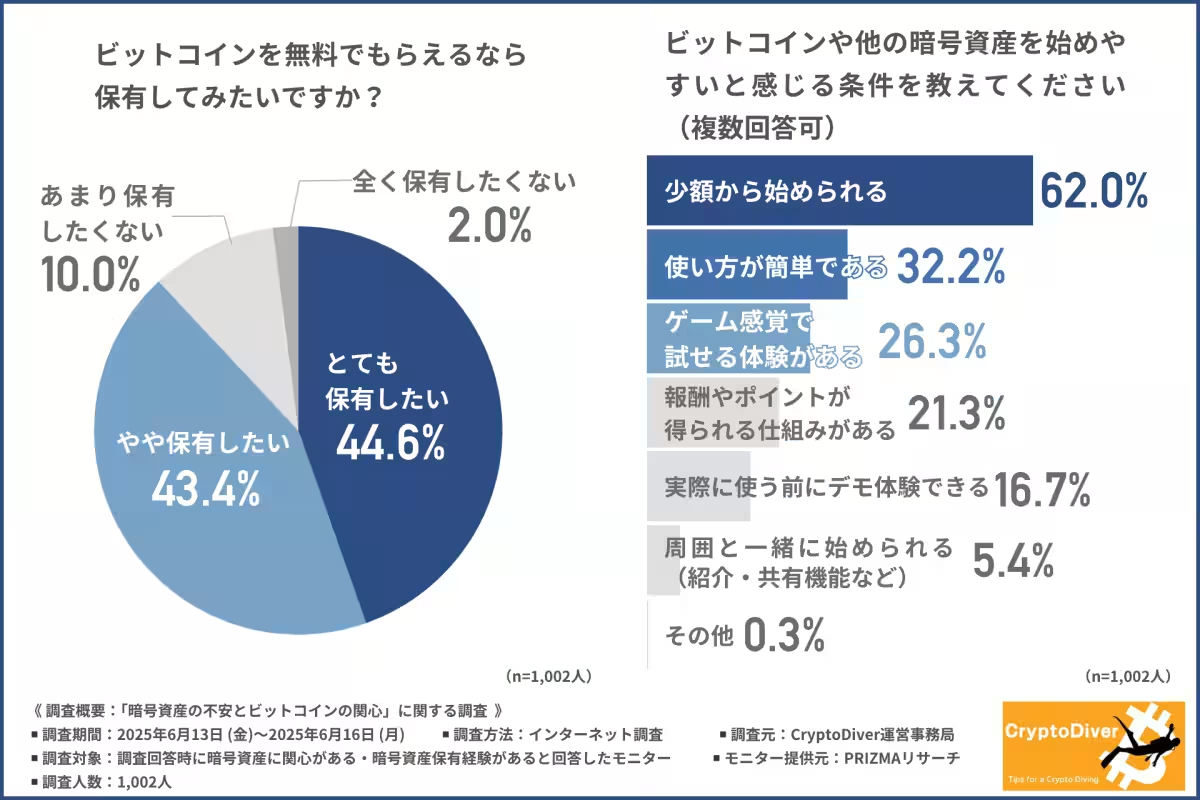
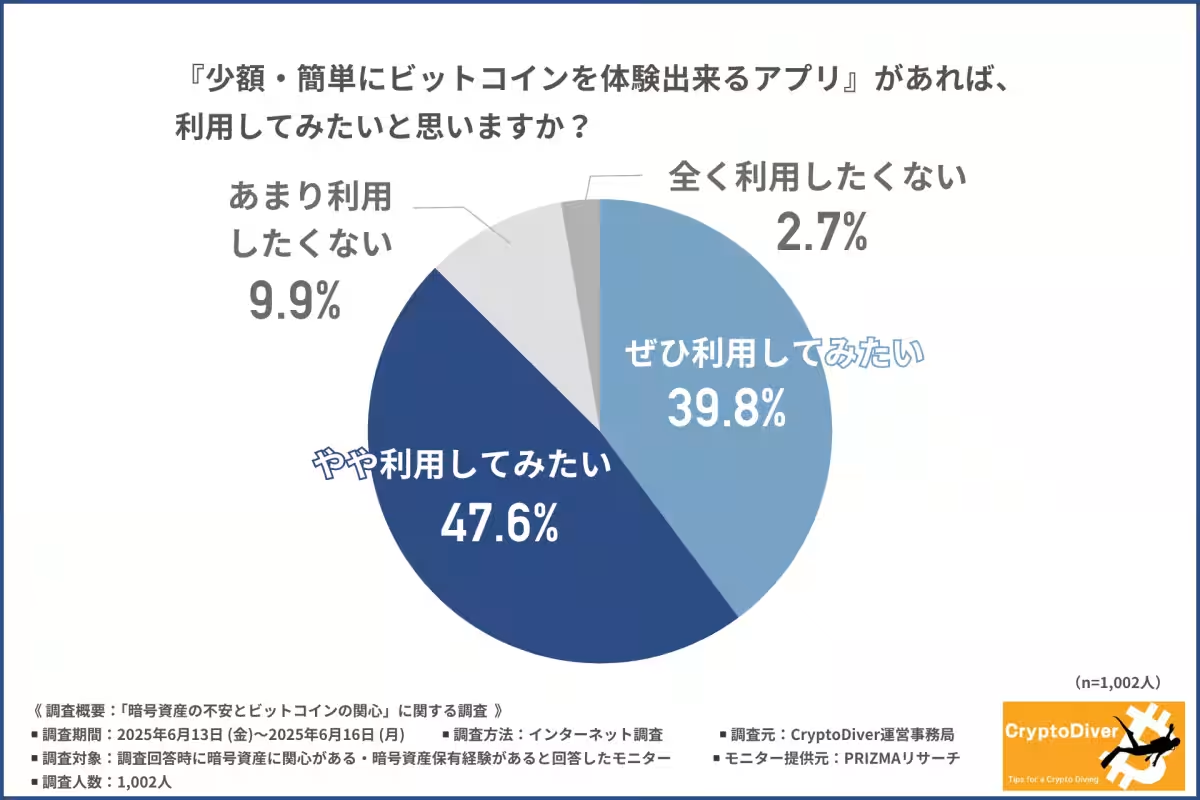
Topics Consumer Products & Retail)










【About Using Articles】
You can freely use the title and article content by linking to the page where the article is posted.
※ Images cannot be used.
【About Links】
Links are free to use.